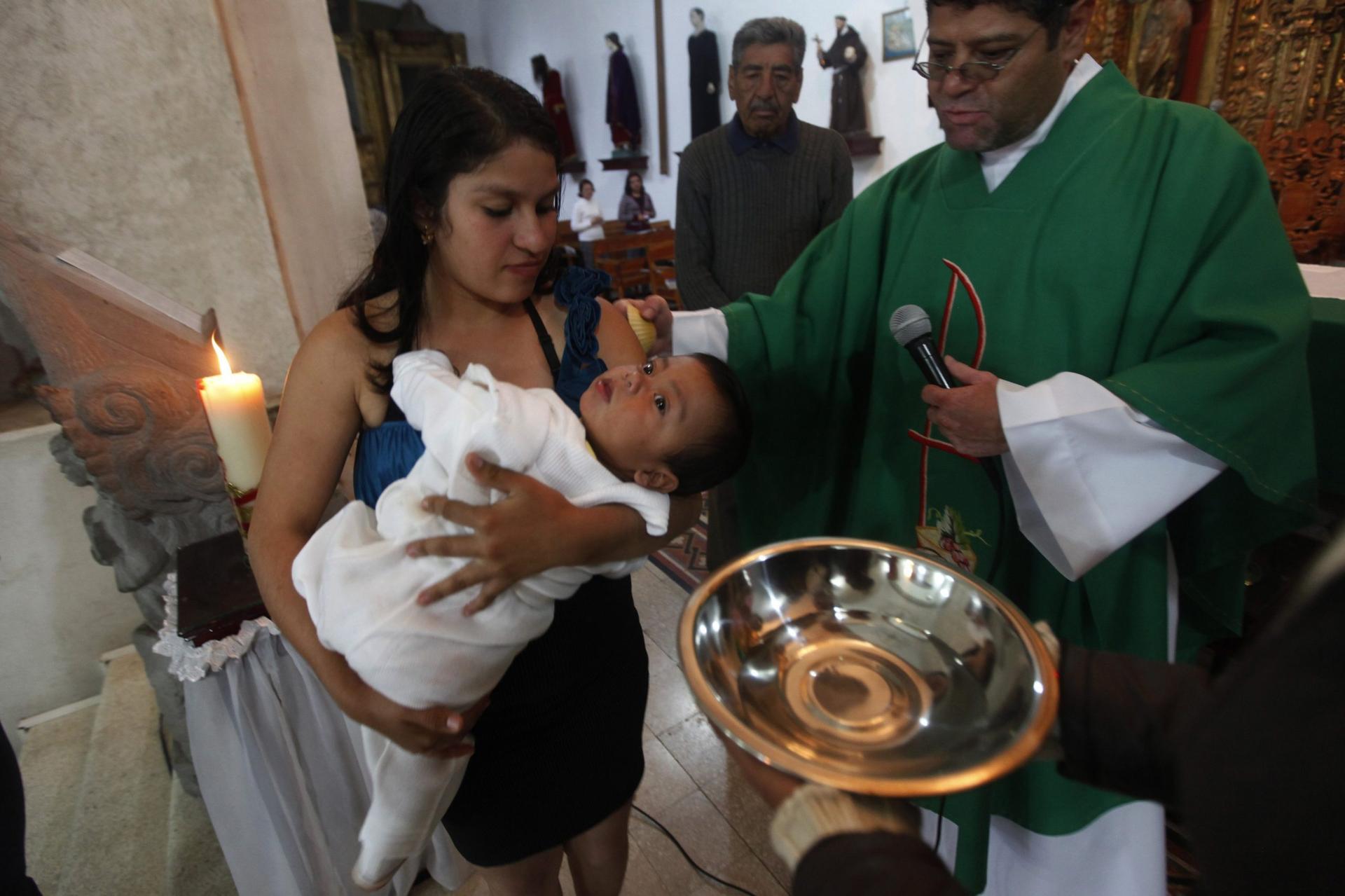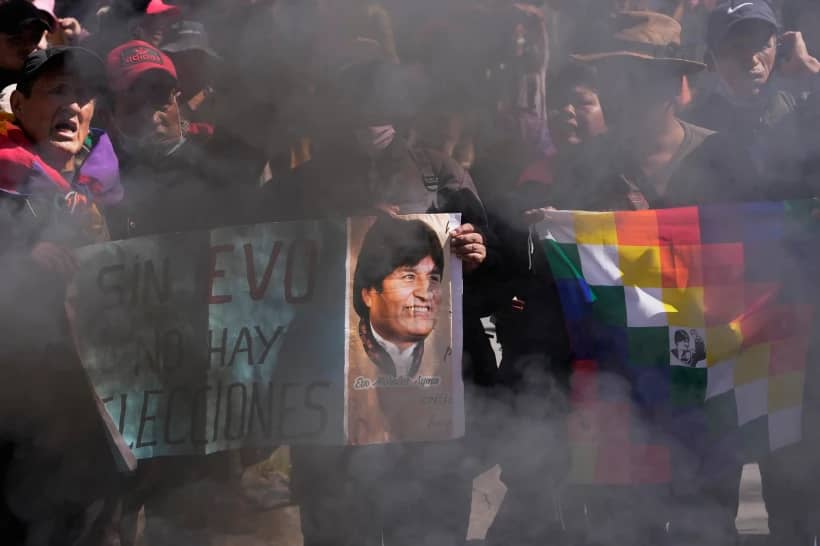MEXICO CITY — The apostolic nuncio to Mexico urged the country’s bishops to “look reality in the eye” as the country’s non-Catholic population increases and Mexicans increasingly identify as nonreligious.
Speaking April 12 at the opening of the Mexican bishops’ conference biannual gathering, Archbishop Franco Coppola also told the virtual audience to rethink their pastoral approaches as fewer people participate in parish life and don’t get married in the church.
“The decline in the Catholic population in this land of Guadalupe is extremely worrying,” Coppola said. “We’re seeing now with ever more clarity just how much in recent decades the formation of the faith has not been able — as we thought or would have wanted — to permeate those who are baptized.”
“We have to recognize that, if the Gospel and our Lord Jesus Christ will always continue to be attractive, it’s evident our ‘traditional’ methods today don’t work, nor can they work in any of the areas of evangelization.”
Mexico’s most recent census, in 2020, showed the Catholic population declining by 5 percentage points to 77.7 percent of the population.
Observers see the decline as part of a trend of people falling away from the church throughout Latin America, although in some northern and western states such as Zacatecas and Guanajuato, more than 90 percent of the population still professes Catholicism. That figure falls to just 54 percent in the largely Indigenous state of Chiapas, where evangelical congregations have gained ground.
The census, which is carried out every 10 years, has caused some discomfort for Mexico’s bishops, who have expressed concerns with the way the questions on religion are asked. But, when faced with criticism, they’ve pointed to census data showing the percentage of Mexico’s population professing Catholicism to be higher than most Latin American countries.
Coppola, however, spoke of several worrying trends, including people falling away from all forms of faith. The 2020 census showed the number of people identifying as nonreligious nearly doubling to 8.1 percent of the population, while another 2.5 percent of the population considered themselves religious, but without any professed confession. Protestants and evangelicals grew from 7.5 percent of the population in 2010 to 11.2 percent of the population in 2020.
“From 2010 to 2020, the decline in the Catholic population has benefitted atheists more than Protestants,” Coppola said.
Young people, he said, were also abandoning the church and not celebrating the sacrament of marriage. Religious marriages dropped from 431,000 in 1998 to 229,000 in 2018, the nuncio said.
“Half of all Mexicans are under the age of 30. … We’re a young country. But we cannot say half of those participating in our liturgical assemblies are young people under the age of 30,” Coppola said.
“There is no doubt … that our families, our parishes, our organizations could be ‘attractive’ today for young people and men and women of our time,” he continued.
One partial success in recent years, Coppola said, was in vocations. The number of diocesan priests had increased, though “the age of our priests continues climbing.” The number of consecrated religious, however, had fallen 60 percent over the past 20 years.

















